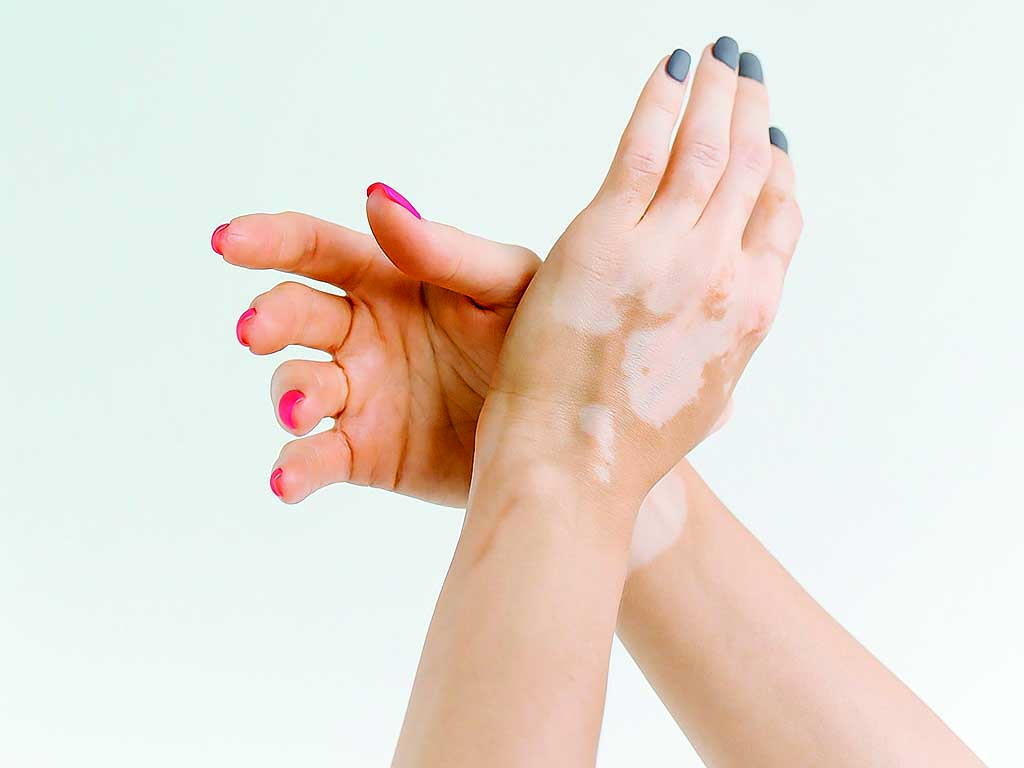
Vitiligo is a skin condition that leads to the loss of skin pigment affecting several people globally. Many misconceptions have been linked to this disease-causing apprehension and stigma. It is therefore necessary to clarify these myths to increase awareness and empathy for those suffering from this condition.
Myth 1: Vitiligo is Contagious
It is entirely untrue that vitiligo spreads through contact or sharing of personal items. Vitiligo is an autoimmune condition where the body’s immune system produces antibodies against melanocytes, the cells that produce melanin which gives colour to the skin.
Myth 2: Vitiligo is only an aesthetic problem
Even though vitiligo affects a person’s appearance, living with it can be full of psychological and emotional challenges. Many people face stigma and isolation due to the visible white colour of the skin. Those with extensive white patches often suffer from low self-esteem, social phobia and depression. There is hence a strong need of an understanding and supportive environment in addition to the medical treatments when it comes to taking care of people with vitiligo
Myth 3: Vitiligo only affects dark skinned people
Vitiligo can affect any skin colour and its impact is universal. This skin condition is not limited to any race or ethnic group. However, the contrast between the white patches and normal skin is more pronounced in darker skin tones.
Myth 4: Vitiligo is a result of a certain diet or lifestyle
There is no scientific evidence that vitiligo is linked to any form of diet or lifestyle. Research suggests that oxidative stress might play a role in worsening vitiligo hence maintaining a healthy lifestyle may be helpful in reducing oxidative stress and promoting overall well being
Myth 5: Home remedies can treat Vitiligo
There is no scientific proof that home remedies can cure vitiligo. Medical treatments such as phototherapy, JAK inhibitors, topical steroids and skin grafts have demonstrated varying degrees of success in controlling vitiligo.
Myth 6: Vitiligo will always spread extensively
Vitiligo progression can vary greatly between individuals. For some people it can spread rapidly while for others it may remain stable in form of a single or few patches for years. Genetic and environmental factors influence the rate of progression.
Myth 7: Vitiligo impacts only the skin
Vitiligo mostly involves the skin but may affect the hair or oral cavity. Similar white patches or greying of hair can be observed in these areas due to loss of melanin. Recognizing these manifestations helps in comprehensive care and treatment
Myth 8: People with vitiligo should avoid sun exposure
Sun protection is crucial for vitiligo patients to prevent sunburns, but they can go out in the sun with protective clothing, sunscreens and hats. On the other hand, UV rays from the sun are beneficial in bringing colour to the white patches. Phototherapy for example is a treatment that involves controlled UV exposure to the skin in order to gain melanin in the vitiligo patches.
Dispelling myths around vitiligo is crucial for fostering a more educated and compassionate society. By understanding the real nature of the disease, we can reduce stigma and support those affected by the condition.
The author is the MBBS, MD – Dermatology, Venereology & Leprosy, Dermatologist,, Dermatosurgeon and Paediatric Dermatologist.